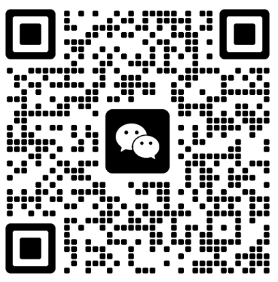Bend testing, sometimes called flexure testing or transverse beam testing, measures the behavior of materials subjected to simple beam loading. It is commonly performed on relatively flexible materials such as polymers, wood, and composites. At its most basic level, a bend test is performed on a universal testing machine by placing a specimen on two support anvils and bending it through applied force on one or two loading anvils in order to measure its properties.
WHY PERFORM A BEND/FLEX TEST?
Engineers often want to understand various aspects of a material’s behavior, but a simple uniaxial tensile or compression test may not provide all necessary information. As the specimen bends or flexes, it is subjected to a complex combination of forces including tension, compression, and shear. For this reason, bend testing is commonly used to evaluate the reaction of materials to realistic loading situations.
Flexural test data can be particularly useful when a material is to be used as a support structure. For example, a plastic chair needs to give support in many directions. While the legs are in compression when in use, the seat will need to withstand flexural forces applied from the person seated. Not only do manufacturers want to provide a product that can hold expected loads, but the material also needs to return to its original shape if any bending occurs.


